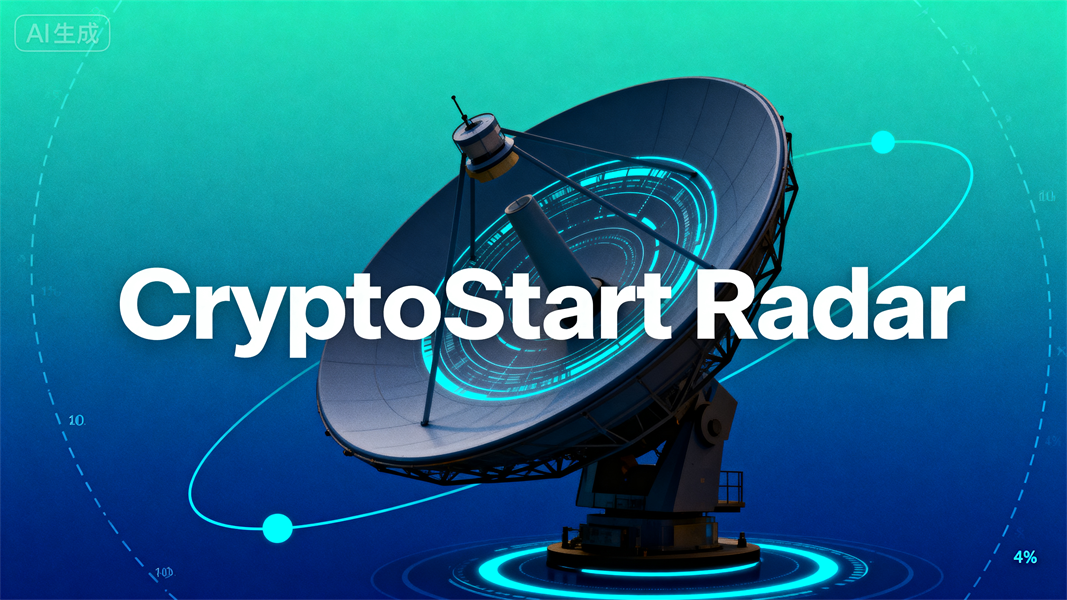Ethereum (ETH), launched in 2015 by programmer Vitalik Buterin, is the world’s second-largest cryptocurrency by market capitalization and a pioneering blockchain platform—unlike Bitcoin (focused on “digital gold”), Ethereum positions itself as a “world computer” that enables the creation of smart contracts and decentralized applications (DApps). Its core innovation lies in breaking the limitation of blockchain being only for value transfer, opening up a new era of “programmable blockchain” for the crypto industry.
1.1 Ethereum’s Birth: From “World Computer” Vision to Industry Backbone
Before Ethereum, blockchains like Bitcoin could only record simple transaction information. Vitalik Buterin proposed the idea of Ethereum in 2013, aiming to build a platform where developers could write code to implement complex logic—this code is what we call “smart contracts.” In July 2015, Ethereum’s mainnet officially went live, and its native token ETH became the “fuel” to power transactions and DApp operations on the platform. Over the past decade, Ethereum has grown into the largest decentralized ecosystem, with over 3,000 DApps running on it (covering finance, art, games, etc.) as of 2024.
1.2 Smart Contracts: The “Programmable Engine” of Ethereum
A smart contract is a self-executing digital agreement where the terms of the contract are written into code. Once preset conditions are met, the contract automatically executes without the need for intermediaries. For example:
- In decentralized finance (DeFi), a smart contract can automatically lend funds to a user when they deposit collateral, and automatically liquidate the collateral if the user’s debt ratio exceeds a threshold—no bank or loan officer is required.
- In NFT transactions, a smart contract can automatically distribute royalties to the original creator every time the NFT is resold, ensuring creators’ long-term income rights.
The advantages of Ethereum smart contracts are obvious: transparency (code is open-source and visible to all), immutability (once deployed, it cannot be modified arbitrarily), and trustlessness (parties do not need to trust each other, as the code guarantees execution). However, it also has limitations—if there are bugs in the code, it may lead to asset losses (e.g., historical DeFi project hacks caused by smart contract vulnerabilities).
1.3 DApps: Decentralized Applications Built on Ethereum
DApps (Decentralized Applications) are applications that run on blockchain networks like Ethereum, differing from traditional apps (e.g., WeChat, Taobao) in three key ways:
- Decentralization: DApps store data on the Ethereum blockchain instead of centralized servers, so no single company can control or shut down the application.
- Token Incentives: Most DApps issue their own tokens (e.g., UNI for Uniswap, APE for ApeCoin) to reward users for participating in the ecosystem (such as providing liquidity or contributing content).
- Open Access: Anyone can use DApps as long as they have an Ethereum wallet (e.g., MetaMask) and ETH to pay Gas fees—no registration, KYC, or approval is needed.
Common types of Ethereum DApps include:
- DeFi DApps: Such as Uniswap (decentralized exchange for token trading) and Aave (decentralized lending platform), allowing users to conduct financial activities without intermediaries.
- NFT DApps: Such as OpenSea (the world’s largest NFT marketplace) and Art Blocks (generative art NFT platform), enabling the creation, trading, and collection of unique digital assets.
- Game DApps: Such as Axie Infinity (play-to-earn game), where players can own in-game assets (as NFTs) and earn income by playing.
1.4 Core Upgrades: From PoW to PoS, Improving Ethereum’s Performance
In September 2022, Ethereum completed the “Merge”—a historic upgrade that switched its consensus mechanism from Proof of Work (PoW, similar to Bitcoin’s energy-intensive mining) to Proof of Stake (PoS). This upgrade brought two major changes:
- Energy Saving: PoS no longer requires miners to consume a lot of electricity to solve computational problems; instead, it selects “validators” based on the amount of ETH they pledge (at least 32 ETH), reducing energy consumption by over 99%.
- Scalability: While the Merge mainly improved sustainability, subsequent upgrades (e.g., Sharding, EIP-4844) aim to split the Ethereum blockchain into smaller “shards” to increase transaction throughput and reduce Gas fees (the service fee for using Ethereum, which was once high during peak periods).
1.5 Market Status, Regulation, and Risk Reminders
As of 2024, Ethereum’s market capitalization accounts for about 20% of the total crypto market, second only to Bitcoin. It is traded on all major compliant exchanges (e.g., Coinbase, Binance) and is widely held by institutional investors.
In terms of regulation, countries have different attitudes toward Ethereum:
- Compliant Recognition: The European Union’s MiCA regulation classifies Ethereum as a “utility token” (not a security) if it meets certain conditions; the United States SEC has debated whether ETH is a security but has not yet issued a clear classification.
- Restrictive Measures: Some countries (e.g., China) prohibit the use of Ethereum and related DApps to prevent financial risks; India has imposed a 30% tax on crypto income, including ETH.
For ordinary users, using Ethereum and DApps requires attention to three risks:
- Gas Fee Volatility: During peak hours (e.g., popular NFT minting), Gas fees can soar to hundreds of dollars, increasing usage costs.
- Smart Contract Vulnerabilities: Choosing unaudited DApps may lead to asset theft due to code bugs.
- Price Volatility: ETH’s price is highly volatile (e.g., it fell from 4,891inNovember2021to881 in June 2022), so investment should be based on risk tolerance.

